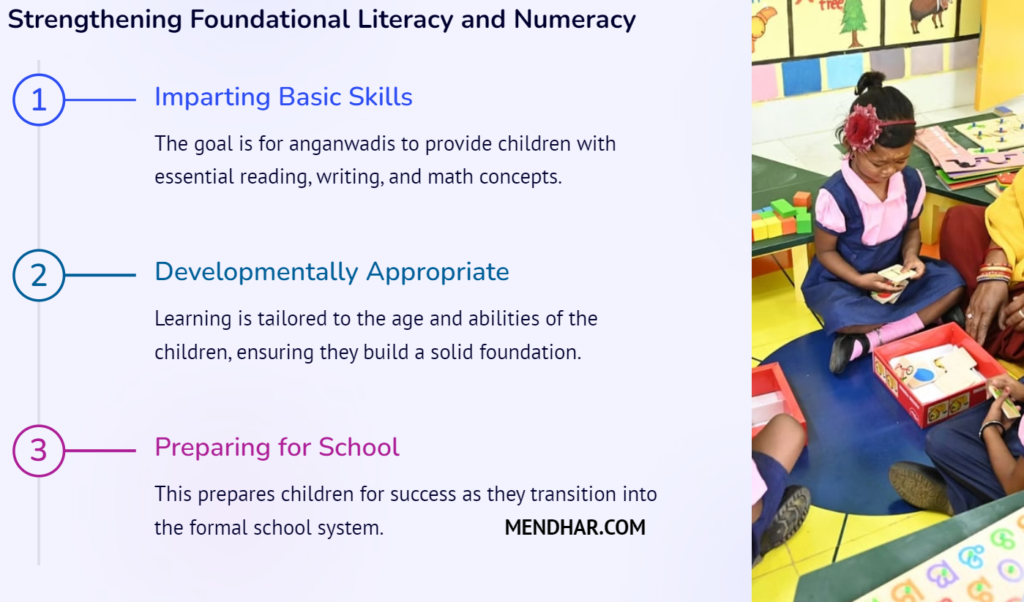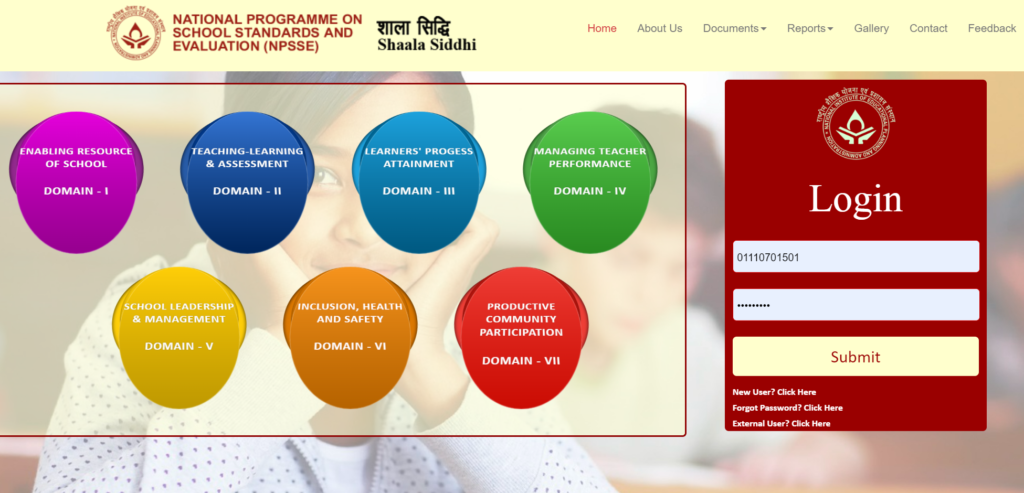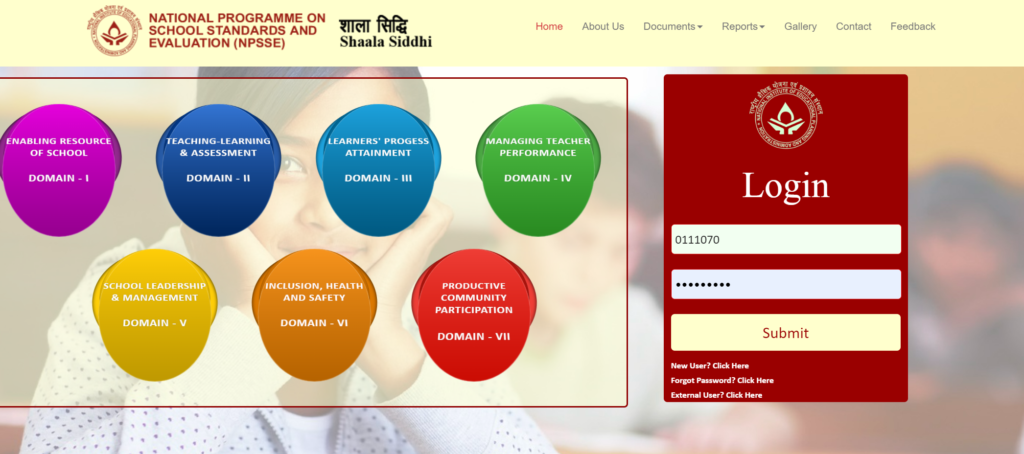Table of Contents
ToggleExploring the New Curriculum Framework for 3 to 6-Year

In a significant move towards enhancing early childhood education, the Ministry of Women and Child Development (MWCD), in collaboration with the Ministry of Education, has introduced a pioneering curriculum framework aimed at children aged 3 to 6 years old. This framework not only seeks to revolutionize early education but also addresses concerns regarding foundational literacy and numeracy skills among young learners.
Let’s delve into why this initiative is crucial and how it could potentially revolutionize early education while addressing concerns regarding foundational literacy and numeracy skills among young learners.
Addressing Educational Gaps:
Professor Venita Kaul, a former NCERT official and member of the internal committee behind this curriculum, highlights the pressing issue of children progressing through the education system without acquiring essential reading and writing skills. This deficiency not only hampers their academic progress but also jeopardizes their ability to attain age-appropriate learning levels in subjects like mathematics and language arts.
Drawing on longitudinal research involving over 42,000 Indian children, the curriculum emphasizes the pivotal role of early childhood education in shaping academic success and psychosocial development. Findings indicate that children exposed to early education exhibit superior academic performance and better social adaptation compared to their counterparts without formal education before the age of six.

Framework Overview:New Curriculum Framework
The framework, meticulously crafted by an internal committee comprising various stakeholders, delineates a comprehensive curriculum spanning 48 weeks over three years. It advocates for the integration of anganwadis (childcare centers) into pre-schools to facilitate seamless learning transitions for children.
Central to the curriculum is a meticulously designed play calendar, featuring a blend of academic activities and play-based learning experiences. These activities, spread across 48 weeks, encompass storytelling, singing rhymes, art and craft, and thematic explorations encompassing topics such as colors, shapes, numbers, seasons, festivals, and more.
Key Components Of New Curriculum Framework:
The curriculum framework’s emphasis on age-appropriate learning is crucial for ensuring that educational activities align with the developmental stage of children aged three to six. This tailored approach recognizes that young children have unique needs, abilities, and interests that should guide their learning experiences. By providing detailed guidance on activities, materials, and instructional strategies, the framework offers educators a roadmap for designing engaging and effective learning experiences that cater to the specific developmental milestones of children in this age group.
Activities within the curriculum are carefully structured to target key areas of development, including listening skills, vocabulary acquisition, imagination, creativity, and social-emotional growth. For example, activities may include storytelling sessions to enhance language development and spark children’s imagination, group games to promote social interaction and cooperation, and art projects to foster creativity and self-expression. By integrating these diverse activities, the curriculum creates a rich and varied learning environment that addresses multiple facets of children’s growth and development.
Moreover, the framework’s role as a blueprint for state-level curriculum development is significant in ensuring that educational practices are culturally relevant and contextually appropriate. Recognizing the diverse linguistic, cultural, and socio-economic backgrounds of children across different states, the framework empowers states to adapt the curriculum to suit local contexts while maintaining alignment with national educational goals. This decentralized approach not only promotes cultural sensitivity and inclusivity but also addresses regional disparities in access to quality education.
By encouraging states to devise their own curricular adaptations, the framework fosters innovation and flexibility in educational practices. States can leverage their unique resources, expertise, and cultural assets to create curricula that resonate with local communities and address specific educational needs and challenges. This localized approach not only enhances the relevance and effectiveness of early childhood education but also promotes ownership and accountability at the state level.
Overall, the curriculum framework’s focus on age-appropriate learning, detailed guidance on activities, materials, and instructional strategies, and its role in guiding state-level curriculum development are key components of its comprehensive approach to enhancing early childhood education. By fostering holistic learning experiences that are tailored to children’s developmental needs and promoting cultural relevance and inclusivity, the framework lays the foundation for a more equitable and effective early childhood education system.

Implementation and Training:New Curriculum Framework
Integral to the successful implementation of the curriculum is the training of anganwadi workers, who play a pivotal role in delivering early childhood education. Initiatives like the ‘Poshan Bhi, Padhai Bhi’ scheme, launched by MWCD, underscore the government’s commitment to equipping frontline workers with the requisite skills and knowledge to serve as effective pre-school instructors.
As of now, thousands of anganwadi workers across 32 states have undergone training under this program, signaling a concerted effort to bolster early childhood education nationwide.
In essence, the new curriculum framework for 3 to 6-year-olds represents a transformative milestone in India’s educational landscape. By prioritizing early learning and holistic development, it lays a robust foundation for children’s future academic success and overall well-being.
Conclusion:New Curriculum Framework
In conclusion, the introduction of a pioneering curriculum framework for early childhood education reflects a commitment to providing young children with a solid foundation for lifelong learning and development. By emphasizing holistic development, play-based learning, foundational literacy and numeracy skills, inclusivity, parental involvement, professional development for educators, and monitoring and evaluation, this initiative has the potential to positively impact the lives of millions of children across the country.
Frequently Asked Questions (FAQ) - New Curriculum Framework
What is the new curriculum framework for 3 to 6-year-olds?
- The new curriculum framework is a comprehensive educational guideline developed by the Ministry of Women and Child Development (MWCD) in collaboration with the Ministry of Education. It is designed to enhance early childhood education for children aged 3 to 6 years old.
What are the main objectives of the curriculum framework?
- The framework aims to strengthen foundational literacy and numeracy skills among young learners, improve their academic performance, and foster holistic development encompassing social, emotional, and cognitive domains.
Who developed the curriculum framework?
- The framework was developed by an internal committee comprising representatives from the MWCD, Ministry of Education, National Council of Educational Research & Training (NCERT), Institute of Home Economics, Delhi University, and civil society organizations.
What does the curriculum framework include?
- The framework includes a play-based learning calendar spanning 48 weeks over three years. It incorporates a wide range of activities such as storytelling, singing rhymes, art and craft, thematic explorations, and academic exercises focusing on colors, shapes, numbers, seasons, festivals, and more.
How will the curriculum framework benefit children?
- The framework is designed to promote age-appropriate learning experiences tailored to the developmental needs of children aged 3 to 6. It enhances listening skills, vocabulary acquisition, imagination, creativity, social-emotional development, and prepares children for a smooth transition to formal schooling.
What is the significance of the curriculum framework for state-level education?
- The framework serves as a base for states to develop culturally relevant and contextually appropriate curriculums, addressing regional disparities and promoting inclusive educational practices.




Pingback: School-Based Assessment under NEP 2020 -